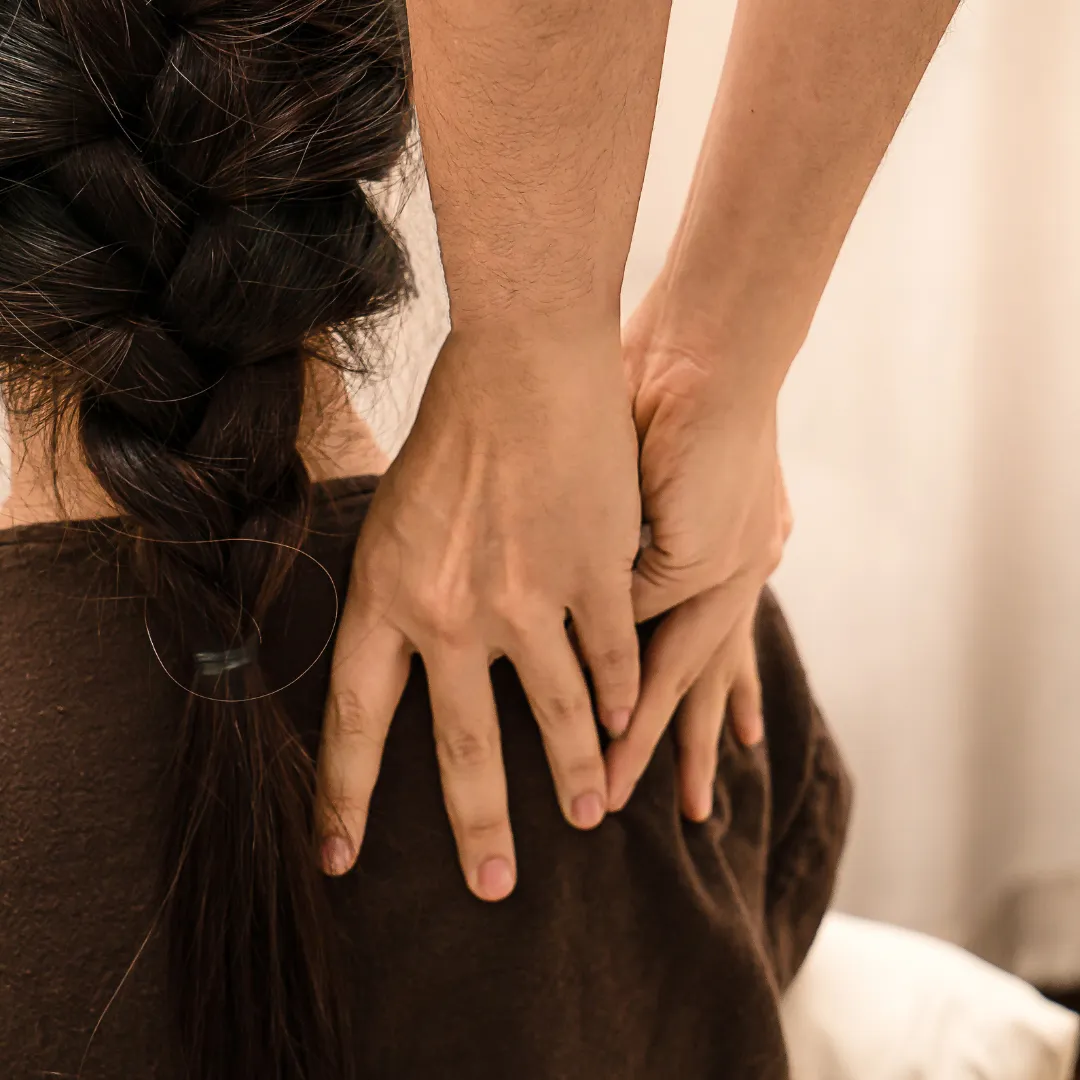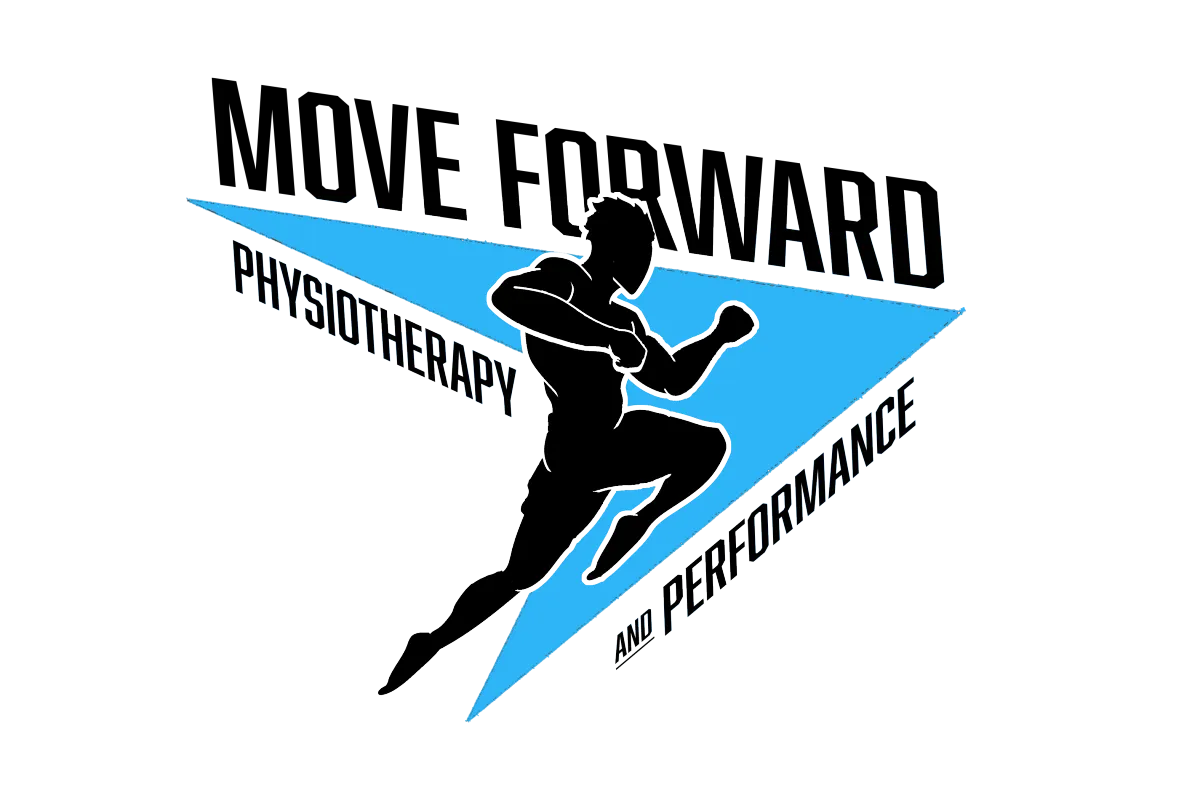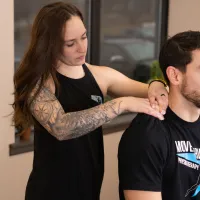LIVE Fighter Workshops: See if you're a fit →
Blog Articles

Massage, Myofascial Release, and Trigger Points: Easing Muscle Tension for Rotator Cuff Recovery
Struggling with a rotator cuff injury? You’re not alone. Before diving back into intense training, it’s important to take the time to relax and release the tension in those overworked muscles. Today, we’re going to cover some essential techniques—massage, lacrosse ball rolling, myofascial release, and trigger point therapy—that can help calm down tight muscles, setting the stage for a strong recovery.
Step 1: Lacrosse Ball Rolling for Muscle Release
One of the easiest and most effective tools you can use for self-massage is a lacrosse ball. Whether you’ve been dealing with a nagging injury or just tightness from training, rolling the ball over key points on your shoulder can help release muscle knots and improve mobility.
How to Do It:
Place the lacrosse ball between your shoulder and a wall, then gently roll it around until you find a tight spot. Once you hit that trigger point, hold the pressure there for 20-30 seconds, letting the muscle relax. This helps break up tension in the muscles surrounding your rotator cuff and increases blood flow to the area, aiding recovery.
Step 2: Myofascial Release to Soften Muscle Tissue
Myofascial release is another powerful technique that focuses on releasing the tight fascia (the connective tissue surrounding muscles). By using slow, sustained pressure, myofascial release helps reduce tension and pain, making your shoulder feel lighter and more flexible.
How it Works:
A physical therapist may use their hands or specialized tools to apply gentle pressure on the affected areas around your shoulder. The goal is to stretch and relax the fascia, allowing your muscles to function more freely. This technique is ideal for fighters who experience stiffness and restricted movement due to injury.
Step 3: Trigger Point Therapy for Pain Relief
Trigger points, or “knots,” are hyper-irritable spots in the muscle that can cause significant pain and limit your range of motion. Trigger point therapy is all about applying direct pressure to these spots, encouraging them to release and return to normal function.
How to Apply:
Find the specific points of tension in your shoulder or around the rotator cuff and apply steady, firm pressure using your thumb, a massage tool, or even the lacrosse ball. Hold for about 30 seconds until you feel the muscle release. This can help reduce pain and prevent further strain during recovery.
Step 4: The Role of Massage in Recovery
Massage therapy is often seen as a luxury, but for fighters dealing with rotator cuff injuries, it’s a practical tool for healing. Focused massage on the shoulder area can increase blood flow, remove toxins from muscle tissues, and speed up the healing process.
Benefits of Massage:
Massage not only relaxes tight muscles, but it also helps with inflammation and stiffness. By improving circulation, massage promotes faster healing and better mobility, which is essential before moving into the strengthening phase of recovery.
Step 5: Consistency Is Key
While these techniques can bring immediate relief, consistency is what leads to lasting results. Incorporating massage, myofascial release, and trigger point therapy into your routine will help reduce pain, improve movement, and prepare your shoulder for the next stage of rehabilitation—strengthening.
Final Thoughts: Take It Slow for a Strong Comeback
It’s easy to rush through recovery to get back to training, but taking the time to properly relax and release your muscles sets the foundation for a strong and safe return. Using techniques like lacrosse ball rolling, myofascial release, and trigger point therapy allows your muscles to recover, reduce pain, and regain their natural movement patterns.
Next up, we’ll dive into strengthening exercises to build on this progress and get your rotator cuff fully fight-ready. Stay patient, stay consistent, and listen to your body—these early steps will make all the difference in your long-term recovery.

